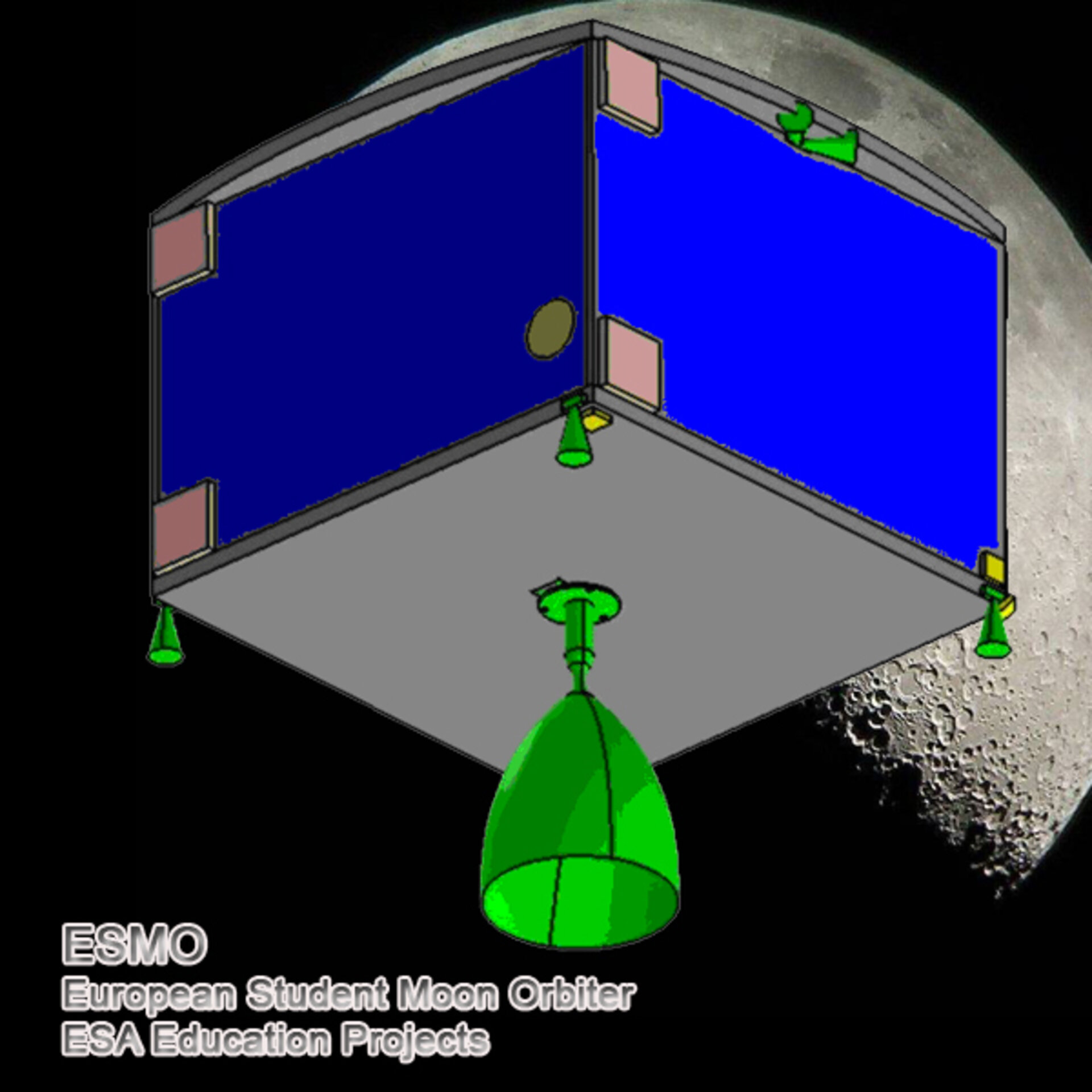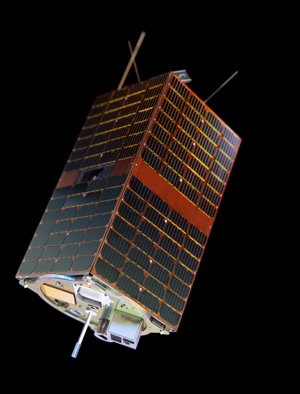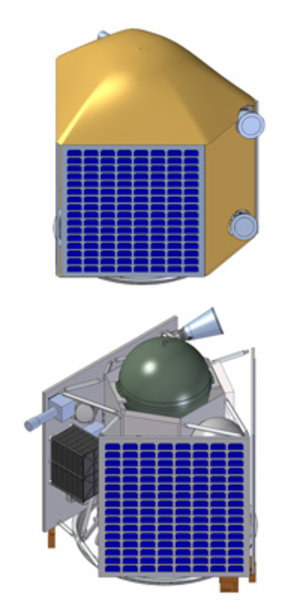Call for interest for ESEO and ESMO projects
The ESA Education Office is pleased to announce a Call For Interest (CFI) inviting companies, research institutes and universities in ESA Member, Associated and Cooperating States to express their interest to participate in the implementation of the European Student Earth Orbiter (ESEO) and European Student Moon Orbiter (ESMO) education satellite projects.
Call for interest for phases B, C andD of the ESEO and ESMO education satellite projects
Background information
Both projects are performed in order to give students a valuable hands-on practical experience in a real space mission as part of their education, and to this end the ESEO and ESMO satellites are to be designed, developed, built, tested and operated by university students under supervision of their universities and a prime contractor.
The ESEO project has just completed the first part of its preliminary design phase (B1). ESEO is a micro-satellite mission to Geostationary Transfer Orbit (GTO) and has the objectives to measure the radiation environment, image the Earth and test new technologies.
The ESMO project has successfully completed the feasibility study phase (A) and is now proceeding into Phase B1. ESMO is planned to be the first European student mini-satellite mission to the Moon and has the objectives of preparing the next generation of lunar explorers, imaging the Moon from a lunar orbit for outreach, and conducting niche science/technology experiments for future lunar exploration.
Summary information on the CFI, the projects and the current university student teams involved can also be found on EMITS News.
Approach to the implementation phases
To date, both projects have proceeded in the early phases with a project team consisting entirely of students with project management and ad hoc technical support provided by ESA.
It is now intended to implement a new project team structure for these two projects in order to enhance the educational benefits given to the students and to ensure that the project progresses through major reviews to a successful completion on schedule. The new project structure consists of:
- a system prime responsible for the system engineering and technical management of the project, the provision of specialist technical advice to the students where needed, and supervising the student AIV of the satellite at ESTEC.
- a network of universities responsible for the delivery of payload items, satellite subsystem items and ground segment systems by their student teams and ensuring the adequate supervision/long-term continuity of the student teams locally.
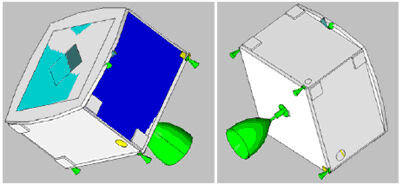
The system prime role is open to space industry companies, Small and Medium Enterprises (SMEs), research institutes and universities with proven space experience, preferably in the small satellite domain. Experience in the particular mission profile would be an asset.
The role of universities and their student teams is to provide the following mission elements:
- Payload items
- Satellite subsystems:
- Structure
- Mechanisms
- Thermal control
- Attitude control
- On-board data handling
- Communications
- Propulsion
- Electrical power
- Ground segment:
- Mission control centre and operations team
- Ground stations
- Flight dynamics and mission analysis
Universities do not need to have experience in space engineering, but must have a background in the engineering domain of the satellite or ground segment element under their responsibility.
It is intended to provide the appropriate level of funding to the selected prime and universities consortia for all project phases through adequate contract arrangements.
Declaration of interest
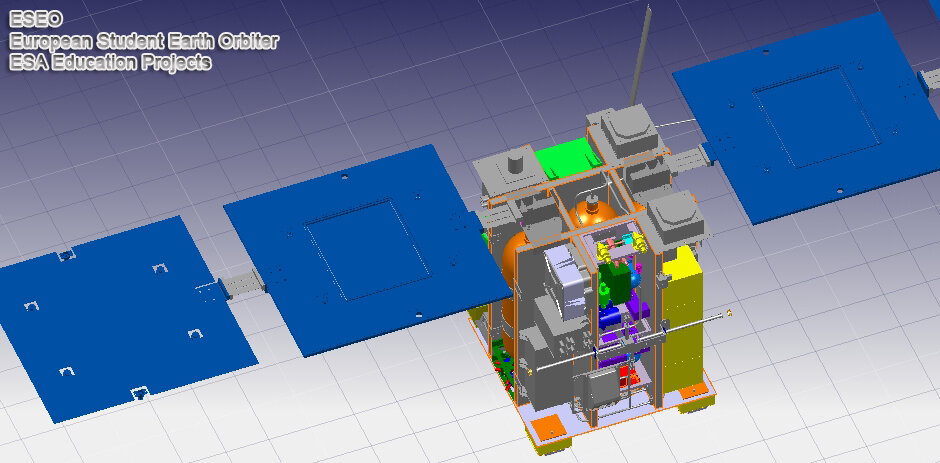
In order to commence the process of establishing the new project team structures on both projects, the ESA Education Office solicits Letters of Interest from potential consortia wishing to apply for a role in the ESEO and ESMO projects. The letter should contain the following information:
- the interest in one mission or in both
- the role of each consortium member in the proposed project team
- the suggested approach for the management of contracts (e.g. liaison between the System Prime and Network of Universities)
- the relevant background experience with respect to space projects, the particular mission profile and working relationships with universities/industry
- support or sponsorship for participation in the project from internal or external sources
- any preferences with regard to working methods to coordinate the work of various distributed university groups
- the foreseen cost drivers for the project implementation
- comments on ESA’s proposed approach and the current technical baseline
Letters of interest must be submitted to either eseo@esa.int or esmo@esa.int or the mail address of the point of contact specified below by 25 March 2008. An acknowledgement of receipt will be given by return of e-mail.
ITT process
Following the CFI and the receipt of feedback from interested parties, the Agency intends to start an ITT process leading to the placement of the two contracts, upon approval of the relevant procurements actions by the ESA Industrial Policy Committee.
The ITT process foresees an open competitive tender taking into account the inputs received as a result of this CFI.
Point of contact
For further information, please contact the ESA Contract Officer:
Gian-Lorenzo Casini
Electrical and System Engineering Procurement Service
Procurement Department
ESA/ESTEC
Keplerlaan 1, 2201 AZ Noordwijk
The Netherlands
E-mail Gian-Lorenzo Casini


